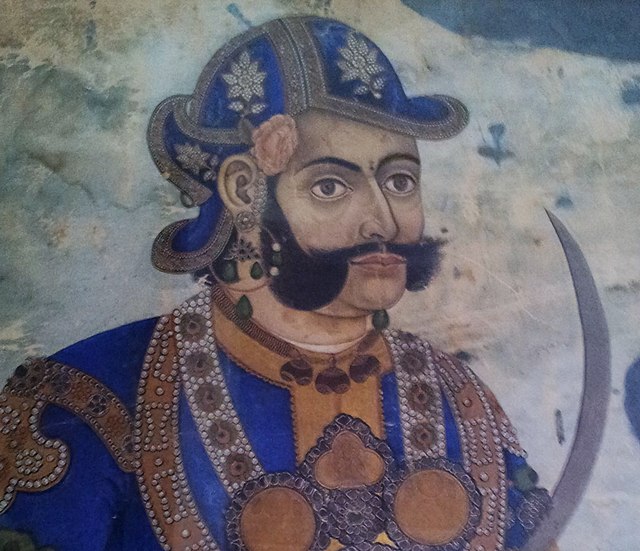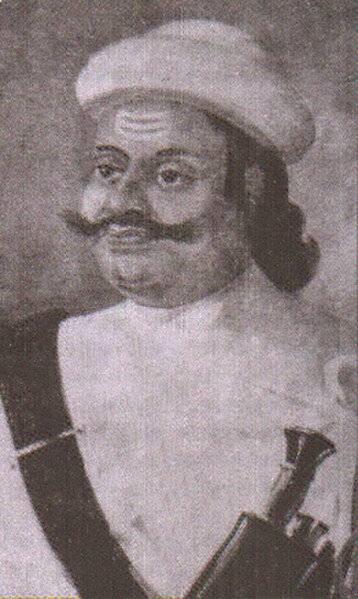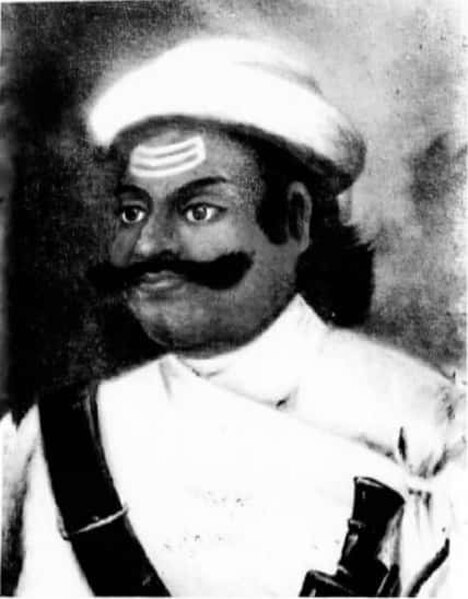Mathabar Singh Thapa was the Prime Minister of Nepal and the Commander-In-Chief of the Nepalese Army from 25 December 1843 – 17 May 1845, until he was murdered by his nephew Jung Bahadur Rana. He was the first Mukhtiyar to title himself as a Prime Minister, as per the British convention. He was the nephew of Bhimsen Thapa, who was sentenced to prison after falsely being accused of killing King Rajendra's six months old son. Mathabar Singh Thapa fled to Shimla after the execution of Bhimsen Thapa, to avoid his own execution as he was Bhimsen's nephew. Four years later, the second queen of Rajendra, Queen Rajya Lakshmi, called him back and installed him as the Mukhtiyar, paving the way for him to eventually title himself as the Prime Minister. Mathabar Singh, however, enraged the queen by refusing to make her son, Ranendra Bikram, the king. The queen, in turn, had him shot by his own nephew Janga Bahadur Rana and thereby making him the last dynast of the Thapa dynasty. Mathabir Singh Thapa was killed by his own nephew.

First Nepalese Head of Government with title Prime Minister and crown, Mathavar Singh Thapa
Portrait of Colonel Mathabar Singh Thapa (1831)
Mathabarsingh Thapa
Portrait of Mathabar Singh Thapa in National Museum of Nepal, Chhauni
Chief of the Nepalese Army
The Chief of the Nepalese Army is the military position of army head of the Nepalese Army, initially known as Gorkhali Army. The Chief of the Nepalese Army had been from among the Kaji officers during the 18th century. During the reign of Bhimsen Thapa, the title of Commander-in-Chief was introduced for the first time for denoting the army chief. Later in the late 1970s, the title was changed to Chief of Army Staff (CoAS). Currently, the Chief of Army Staff is the Chief of the Nepalese Army.
Kalu Pande, the first civilian chief of then Gorkhali army
Image: Prithvi Narayan Shah
Image: Senapati Shivaram Singh Basnyat
Image: Bamshidhar Kalu Pande








